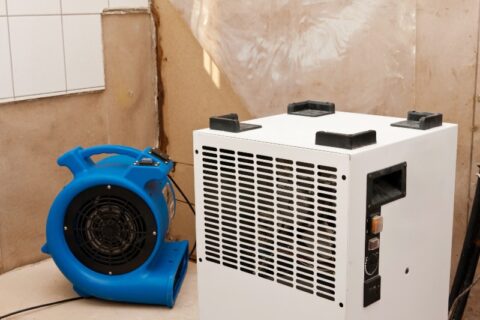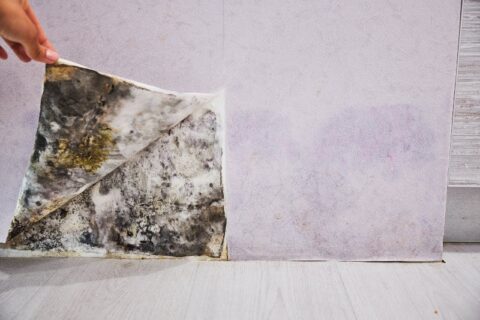Importance of Documenting Water Damage in Your Home

If your home has been water damaged, it’s important to take certain steps in order to make sure that you’re able to document the damage for insurance purposes. This will help ensure that you’re able to get the full extent of restoration services covered by your policy.
What to Document for an Insurance Claim
Documenting water damage can help you get the compensation you deserve from your insurance company. It can also help you prove that the damage was not your fault and that you took all the necessary steps to mitigate the damage.
Here Are a Few Tips on How to Document Water Damage to Your Home:
- Take photos or videos of the damaged area as soon as possible. This will help you create a visual record of the damage. Make sure you record serial numbers and keep samples of affected materials like carpets, wallpapers, upholstery, etc.)
- Make sure to document the date, time, and location of the damage. This information will be helpful when filing an insurance claim.
- If possible, take measurements of the affected area. This will give you a better idea of the scope of the damage.
- Collect any receipts for repairs or mitigation efforts that you have already made. This will help you prove that you minimized the damage.
- Keep a journal of the events leading up to and following the water damage. This will help you remember important details that may be relevant to your insurance claim.
Documenting water damage can be time-consuming, but it’s important to do if you want to get the compensation you deserve. With proper documentation, you can prove that the damage was not your fault and that you took all the necessary steps to mitigate the damage.
Dispose of Items That Could Pose a Health Risk
If your home has been damaged by water, it’s important to take quick action to clean up the mess and prevent further damage. One of the first things you’ll need to do is dispose of any items that could pose a health risk. This includes food, medications, cosmetics, and anything else that could harbor bacteria or other contaminants.
Here Are Some Tips for Safely Disposing of Potentially Hazardous Materials After Water Damage:
- Throw away any food that has encountered floodwater, including canned goods and dry goods like grains and pasta.
- Discard any medications, vitamins, or other supplements that have been exposed to water.
- Toss out makeup, lotions, creams, and other cosmetics that have been contaminated.
- Do not use any cleaning products, pesticides, or other chemicals that have had contact with water.
- If you’re not sure whether an item is safe to keep, err on the side of caution and throw it away. It’s better to be safe than sorry when it comes to potential health risks.
By taking quick action to dispose of potentially hazardous materials, you can help protect your family from illness and disease after water damage.
Contact Your Insurance Company Before Repairs Begin
Finally, be sure to contact your insurance company before you enlist the help of a flood restoration service. This will help ensure that your policy covers the cost of the repairs.
Take Preventative Steps With Home Maintenance and Inspections
If you live in an area that’s prone to flooding, it’s important to take preventative steps to avoid damage to your home. Home maintenance and inspections can help you identify potential problems before they cause serious damage.
Inspect your property regularly for signs of erosion or other problems that could lead to flooding. Also, make sure your gutters and downspouts are free of debris. If you have a sump pump, test it regularly. Make sure and service any appliances if you see signs of wear or malfunction. Scheduling annual tune-ups and drain cleanings can help protect your household from water damage.
Contact Pacific Flood Restoration for Flood Clean-up & Repair Services
If you take these steps, you’ll be well on your way to getting your home flood damage repaired as quickly and smoothly as possible. And, if you ever experience flood damage in your home again, you’ll be prepared. Contact Pacific Flood Restoration today for all your flood cleanup and repair needs. We’re here to help!


